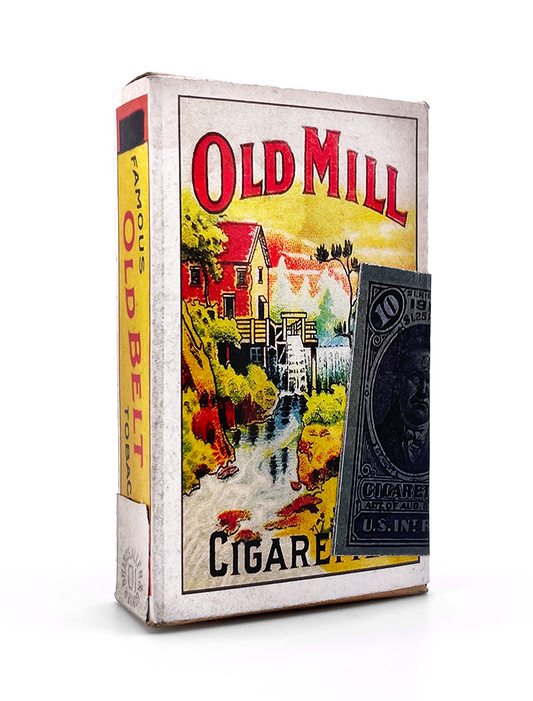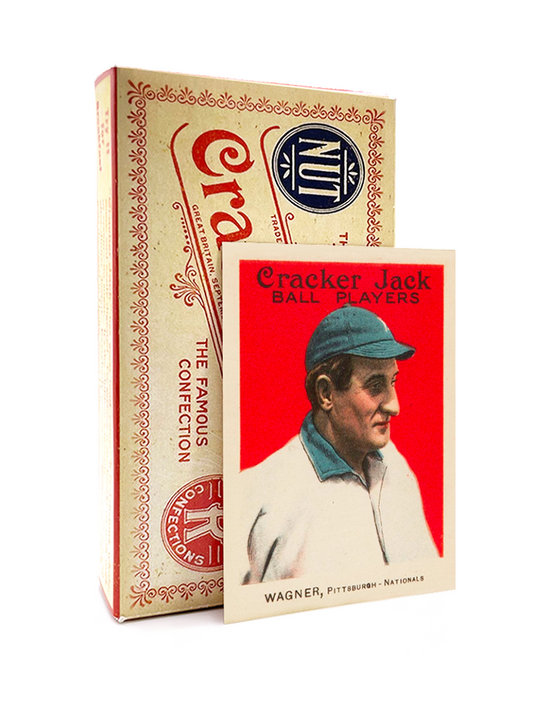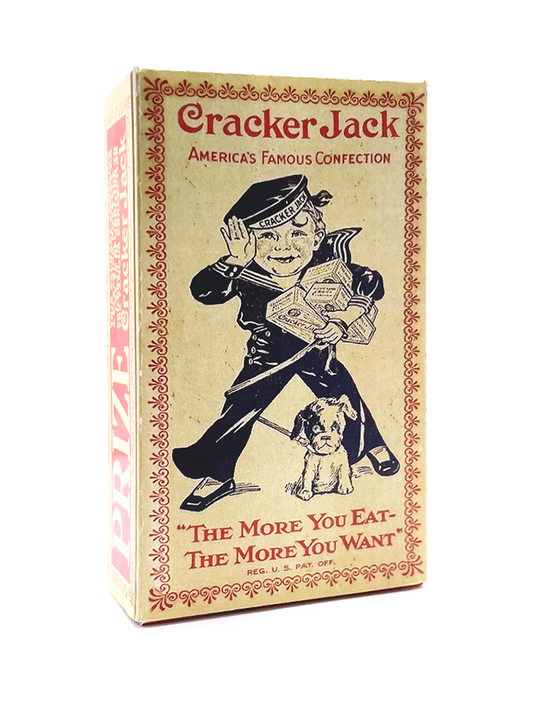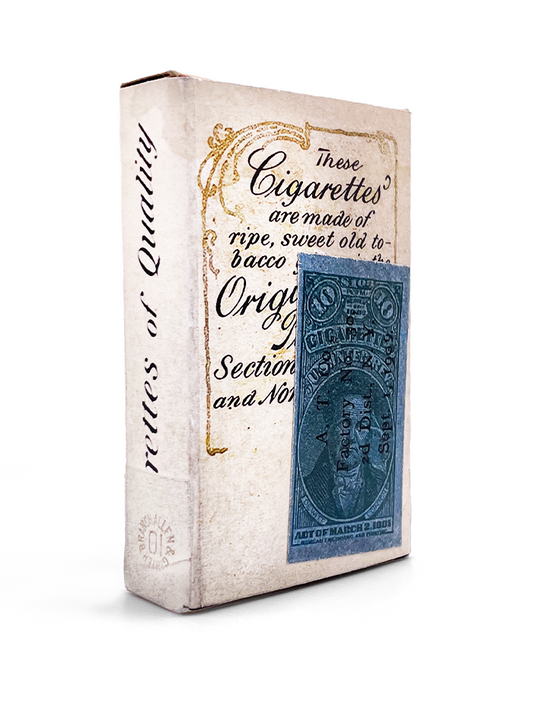
The Evolution of Baseball Cards: From Tobacco to Topps
Share
Baseball cards have a storied history that mirrors the evolution of the sport itself. From their humble beginnings as promotional tools to their status as treasured collectibles, baseball cards offer a fascinating glimpse into over a century of history.
In this guide, we’ll explore the journey of baseball cards, from their origins in tobacco packs to the groundbreaking innovations by Topps that shaped the modern collecting world.
The Tobacco Card Era (Late 1800s - Early 1900s)
The story of baseball cards begins in the late 19th century when companies sought creative ways to advertise their products. Tobacco companies were among the first to use cards as promotional items, featuring players to appeal to sports fans.
Early Innovations: Peck & Snyder
Peck & Snyder trade cards, released in the 1860s, are often regarded as the first baseball cards. These cards depicted entire teams and were primarily used as advertisements for sporting goods.
T206: The Iconic Set
The T206 set, produced between 1909 and 1911 by the American Tobacco Company, is arguably the most famous collection of tobacco cards. Featuring players like Honus Wagner and Ty Cobb, these cards remain iconic symbols of baseball’s early days.
The Gum Card Boom (1930s - 1950s)
In the 1930s, baseball cards underwent a transformation. Companies like Goudey and Bowman entered the market, pairing cards with chewing gum to appeal to younger audiences.
1933 Goudey Set
The 1933 Goudey set marked a turning point for baseball cards, introducing colorful designs and featuring stars like Babe Ruth and Lou Gehrig. This era cemented cards as a staple of American culture.
The Bowman vs. Topps Rivalry
In the late 1940s and early 1950s, Bowman and Topps competed fiercely for dominance in the baseball card market. Bowman cards were known for their clean photography, while Topps introduced innovations like player statistics and trivia on card backs.
Topps and the Golden Age (1950s - 1970s)
Topps emerged victorious in the card wars of the 1950s, setting the stage for a golden age of collecting. With its innovative designs and licensing agreements, Topps became synonymous with baseball cards.
1952 Topps Set
The 1952 Topps set is considered a landmark in baseball card history. Featuring the iconic Mickey Mantle card, this set showcased larger card sizes, vibrant designs, and detailed player bios.
Expansion and Special Editions
By the 1970s, Topps expanded its offerings with special edition cards, team sets, and inserts. This era saw the birth of modern collecting, with fans actively pursuing complete sets and rare finds.
Modern Collecting (1980s - Present)
The 1980s brought a surge in baseball card popularity, fueled by nostalgia and a booming secondary market. However, overproduction in the 1990s led to a temporary decline in value.
The Rise of Grading Services
In the 2000s, companies like PSA and Beckett revolutionized the hobby by introducing grading services. Collectors could now authenticate and grade their cards, creating a more structured market.
Modern Innovations
Today, card companies continue to innovate with limited editions, autographed cards, and game-used memorabilia. Digital collectibles and blockchain technology are also emerging trends in the hobby.
The Legacy of Baseball Cards
From their origins in tobacco packs to the modern era of high-tech collectibles, baseball cards have captivated fans for over a century. Whether you’re a seasoned collector or a newcomer to the hobby, understanding the evolution of baseball cards offers a deeper appreciation for these timeless treasures.









